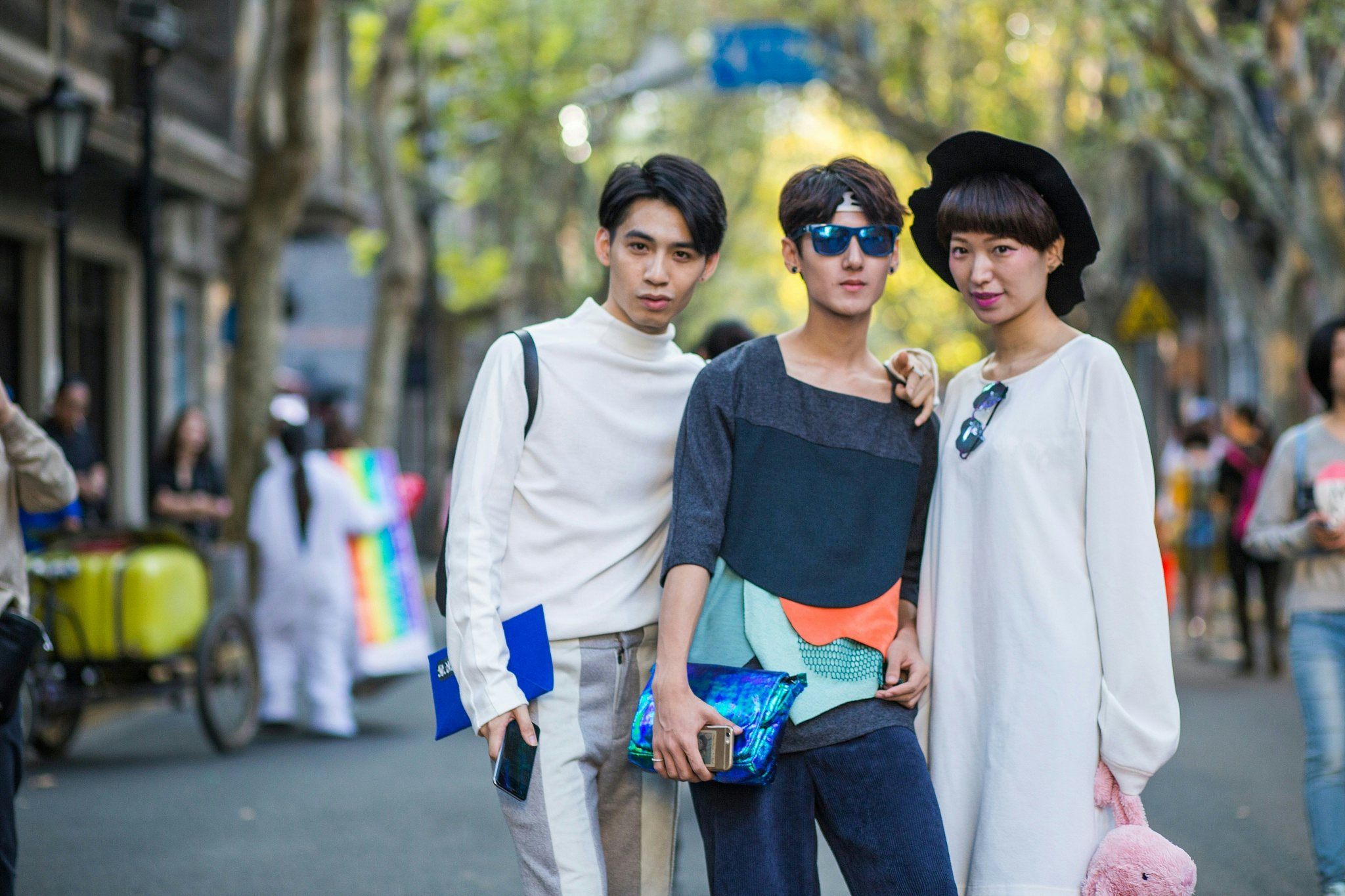China took center stage today in the release of the State of Fashion 2019 report by McKinsey & Company and the Business of Fashion (BoF) . The report revealed that in 2019, China is set to overtake the U.S. as the world’s largest fashion market for the first time. In addition, the report predicts the top companies and trends expected to shape the luxury fashion industry in 2019.
The report surveyed more than 270 global fashion executives, and uses McKinsey & Company’s database of over 500 private and public companies to analyze and compare the performance of individual business against their peers by category segment and region.
Here are the report’s top 5 predictions for the Chinese market, followed by a complete list of the top 20 companies currently dominating the world fashion industry.
1. Proceed with Caution#
Despite predicting year-on-year growth of 3.5 to 4.5 percent for the fashion industry next year, experts remain pessimistic. This pessimism could be driven by fears of the accelerating trade war between China and the U.S., and uncertainty in Europe over how Brexit will impact the global fashion market, according to the study. However, in the report, Joann Cheng, Chairman of Fosun Fashion Group & Lanvin, expresses her belief that the trade war will have minimal effect on China’s business. “I don’t think that the fashion industry is the area that will be hit by trade wars. China is still a large economy with very strong internal consumption power,” she explains.
2. Playing Catch Up#
And indeed, according to the report, 2019 will be a “year of awakening” for the fashion industry, as China strides ahead of the pack. The top three words executives used to describe the industry in 2018 were “changing,” “digital,” and “fast,” with technology-impacted consumer shifts among the most important trend predictions for the year ahead. A mobile-first marketing strategy is far from new to China, where luxury fashion brands have been quick to utilize the country’s most popular social-media-turned-e-commerce app WeChat, which boasts over 1 billion daily active users. 54 percent of the McKinsey-BoF State of Fashion Survey respondents said increasing omnichannel integration (alongside investing in e-commerce and digital marketing) is their number one priority in 2019 for the third year running.
3. The Luxury of Optimism#
Despite pessimism in other markets, the report reveals that the premium and luxury fashion sector expresses overall optimism for industry conditions in 2019. The study suggests this is due to the overall stability of this market – the rich stay rich and are getting richer. In Asia specifically, 51 percent of executives surveyed believe the fashion sector will “become better” in 2019, with a further 19 percent believing it will “stay the same.” As the report suggests, "the burgeoning Chinese middle class is flexing its new spending power.” In North America’s market, a staggering 64 percent of executives believe the industry will “become worse,” suggesting America is more cautious of impending trade war tariffs.
4. The New “Made in China” Effect#
Key to the report is the trend that China’s role in the global fashion market is quickly evolving. No longer happy to bear the negative connotations of “Made in China” labels, Chinese manufacturers are pursuing ambitions to move into higher-value production, and use its vast production abilities to cater to surging domestic demand. As the report states, “China is no longer simply the factory to the world. It is the world’s fastest-growing consumer market, accounting for more than 18 percent of all final goods consumed.”
For luxury, this means more of what’s being made in China is now being sold domestically, and Chinese consumers are becoming increasingly sophisticated. Consumers in China want to express their own style, and are excited to do so. The report uses the example of China’s Singles' Day shopping holiday, which this year hit an estimated 30.8 billion in sales, surpassing both Black Friday and Cyber Monday in the United States combined.
5. Getting Woke#
Nine in ten Generation-Z consumers believe companies have a responsibility to address environmental and social issues. With Gen Z alone set to account for 40 percent of global consumers by 2020, the report suggests its time for the industry to sit up and pay attention. Two-thirds of consumers worldwide say they would "switch, avoid or boycott brands based on their stance on controversial issues" – proved recently in China by the fall of Dolce & Gabbana following a row over racist advertising.
In many cases, increasingly discerning customers are demanding specific information on materials, labor conditions, duties and mark-up. According to the report, “Fashion companies must come to terms with the fact that a more distrusting consumer expects full transparency across the value chain.” 65 percent of survey respondents cited “consumer needs for trust in product authenticity and creative originality” among their top 5 trends for 2019.
Top 20 Companies#
The report also recognizes the top 20 companies leading the charge in the global fashion arena. These “super winners” now account for 97 percent of global economic profit, compared with 70 percent in 2010, showing their increasing dominance in the market. The study also notes that online retailers have yet to break into this group, perhaps surprising for fans of a Chinese fashion market led by e-commerce giants Alibaba and JD.
- Inditex
- Nike
- LVMH
- TJX Companies
- Hermès
- H&M
- Richemont
- Ross
- Adidas
- Kering
- LBrands
- Pandora
- Fast Retailing
- Next
- VF
- Luxottica
- Michael Kors
- Gap
- Hanesbrands Inc
- Burberry


